Rising Demand in Catalysis
The Synthetic Zeolites Market is experiencing a notable increase in demand for catalysts, particularly in the petrochemical sector. Synthetic zeolites serve as effective catalysts in various chemical reactions, enhancing efficiency and selectivity. The market for catalysts is projected to reach approximately USD 30 billion by 2026, with synthetic zeolites playing a pivotal role in this growth. Their unique porous structure allows for high surface area and tunable properties, making them ideal for catalytic applications. As industries strive for more efficient processes, the reliance on synthetic zeolites is likely to intensify, thereby driving the market forward. Furthermore, the increasing focus on reducing emissions and improving energy efficiency in chemical processes further underscores the importance of synthetic zeolites in catalysis.
Increasing Use in Agriculture
The Synthetic Zeolites Market is experiencing a surge in demand due to their applications in agriculture, particularly as soil conditioners and fertilizers. Synthetic zeolites enhance soil fertility by improving nutrient retention and water holding capacity, which is vital for sustainable farming practices. The global market for agricultural additives is expected to reach USD 20 billion by 2025, with synthetic zeolites playing a crucial role in this growth. Their ability to release nutrients slowly and reduce leaching contributes to more efficient fertilizer use, aligning with the increasing emphasis on sustainable agriculture. As farmers and agricultural businesses seek to optimize yields while minimizing environmental impact, the adoption of synthetic zeolites is likely to expand.
Advancements in Material Science
The Synthetic Zeolites Market is benefiting from advancements in material science, which are leading to the development of novel zeolite structures with enhanced properties. Innovations in synthesis techniques, such as the use of nanotechnology, are enabling the creation of zeolites with tailored pore sizes and improved stability. This evolution is particularly relevant in applications such as drug delivery and catalysis, where specific characteristics are crucial. The market for advanced materials is projected to grow significantly, with synthetic zeolites at the forefront of this trend. As industries seek to leverage these advancements for competitive advantage, the demand for innovative synthetic zeolites is likely to increase, thereby driving market growth.
Growth in Adsorption Applications
The Synthetic Zeolites Market is witnessing significant growth in adsorption applications, particularly in air and water purification. Synthetic zeolites are utilized for their exceptional ability to adsorb pollutants and contaminants, making them essential in environmental remediation efforts. The global market for water treatment is expected to surpass USD 700 billion by 2025, with synthetic zeolites contributing to this expansion. Their high adsorption capacity and selectivity for specific ions enhance their effectiveness in removing heavy metals and other harmful substances. As regulatory frameworks become more stringent regarding environmental protection, the demand for synthetic zeolites in adsorption applications is anticipated to rise, further propelling the market.
Regulatory Support for Sustainable Practices
The Synthetic Zeolites Market is being positively influenced by regulatory support aimed at promoting sustainable practices across various sectors. Governments are increasingly implementing policies that encourage the use of environmentally friendly materials, including synthetic zeolites, in industrial processes. This regulatory landscape is fostering innovation and investment in the development of sustainable zeolite applications. For instance, initiatives aimed at reducing carbon emissions and enhancing energy efficiency are likely to drive the adoption of synthetic zeolites in catalysis and adsorption. As industries adapt to comply with these regulations, the demand for synthetic zeolites is expected to rise, thereby contributing to market growth.



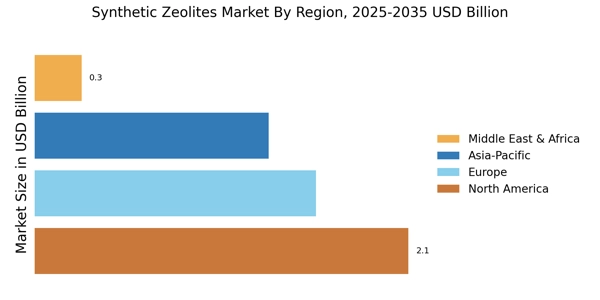
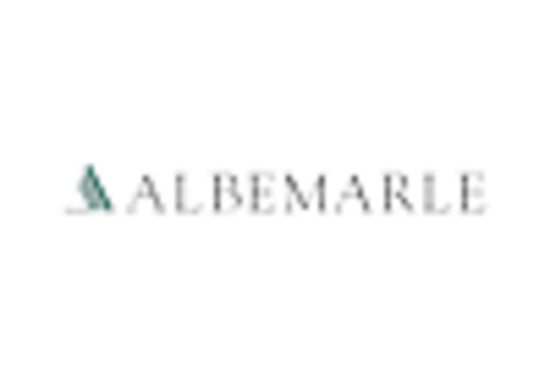

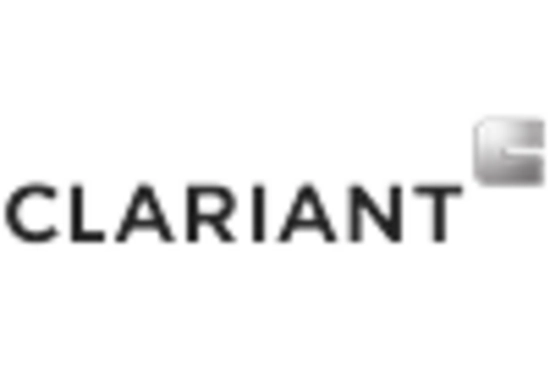
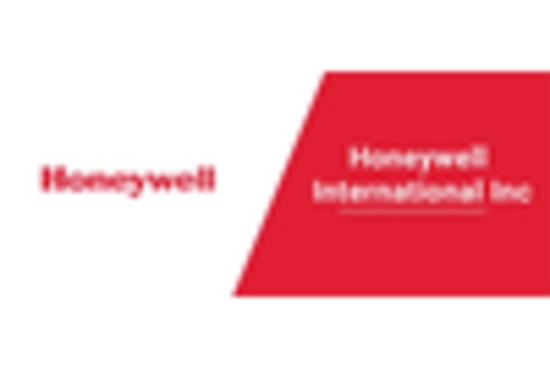
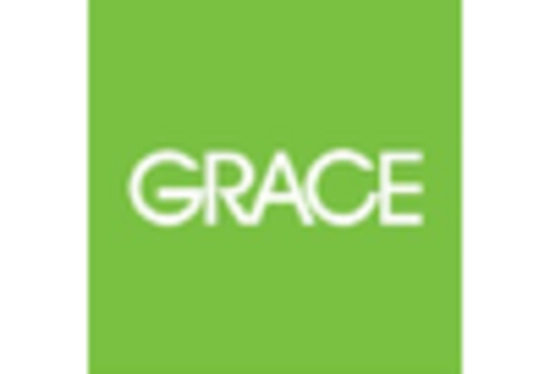
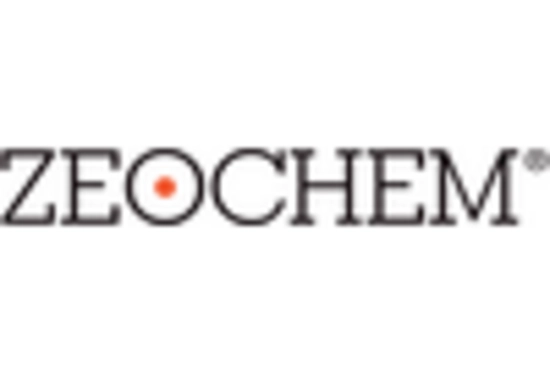








Leave a Comment